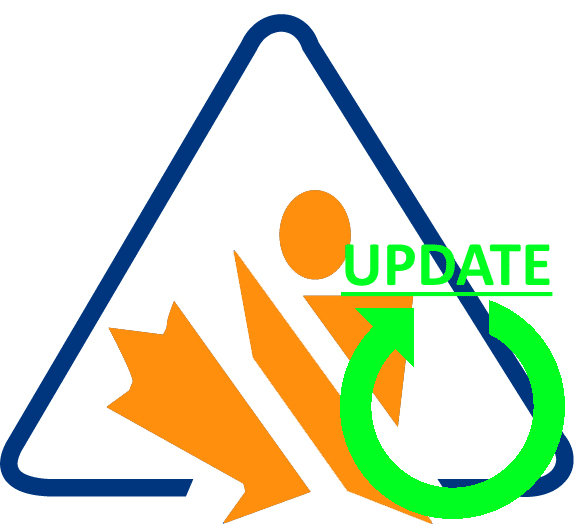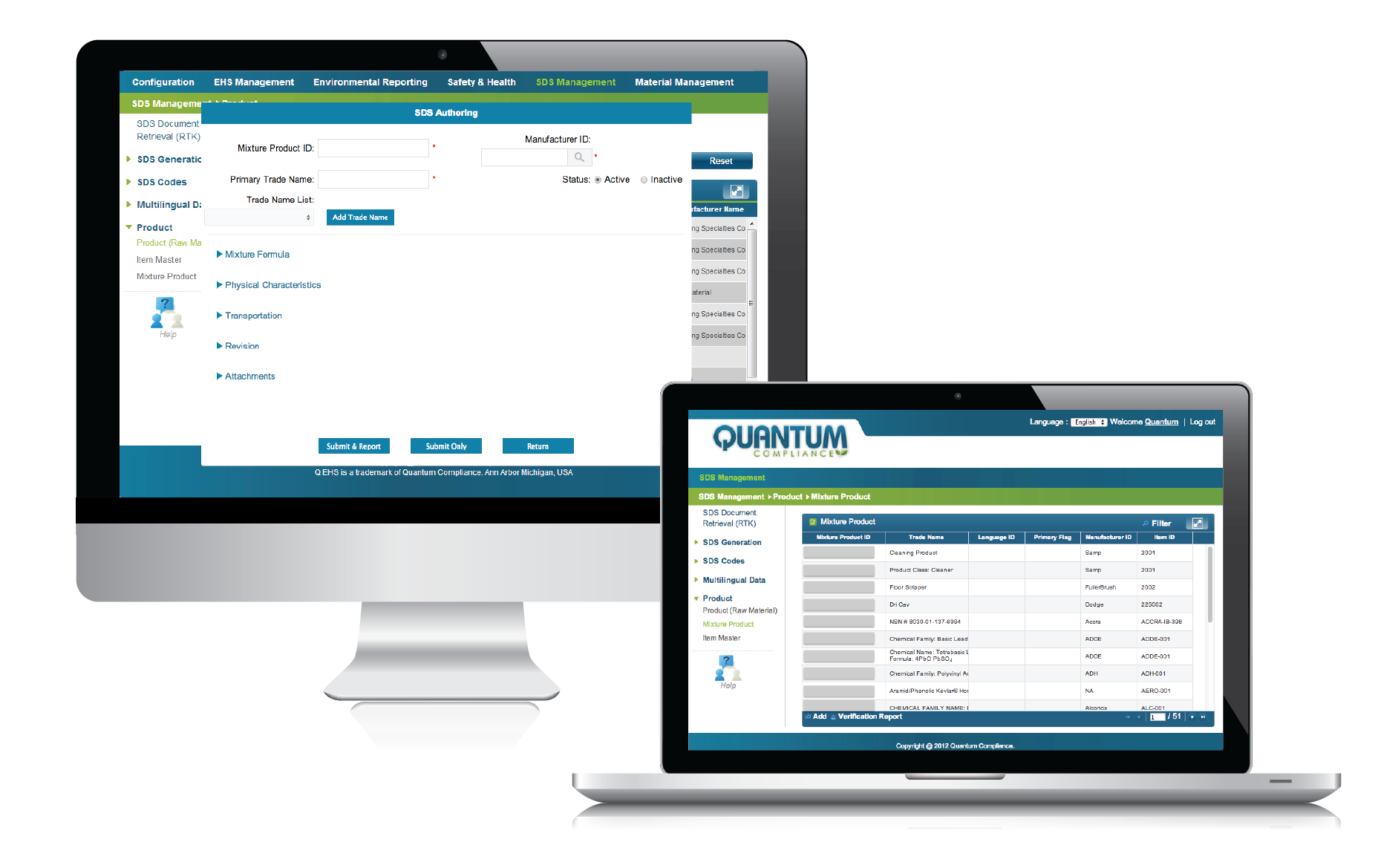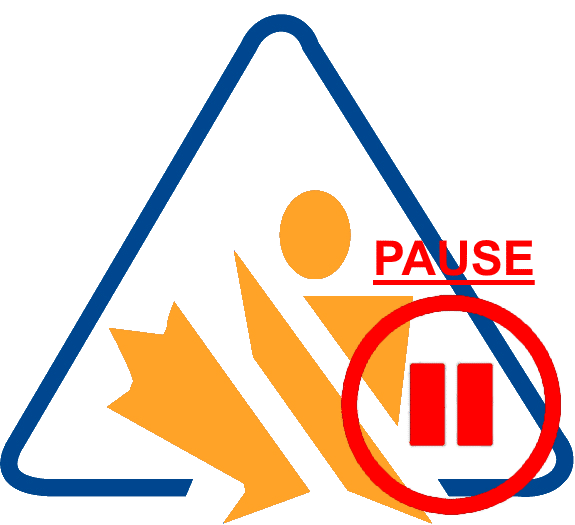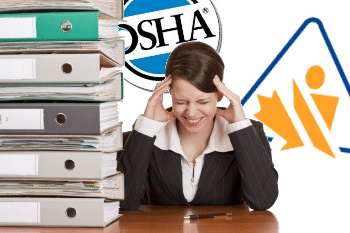
WHMIS Essentials
Keys to Canadian Worker Safety Health Canada’s WHMIS or Workplace Hazardous Materials Information System is the Canadian national hazard

Keys to Canadian Worker Safety Health Canada’s WHMIS or Workplace Hazardous Materials Information System is the Canadian national hazard

Canada continues to hammer out the details of its GHS regulation. As part of this process, Canada has released a

To meet requirements set by industry best practices (and by government regulations), all companies need an SDS management system. This

On May 19th, Health Canada announced that they would be extending Phase 1 of the WHMIS 2015 transition. Under the

If you’re not yet in compliance with WHMIS 2015, you may want to hurry. Chemical suppliers have less than 100

Canada and the US share the world’s longest border, and are each others largest trading partners. The countries share a
Do you have questions about WHMIS 2015 or GHS? Fill out the form below and you will hear from our experts soon!